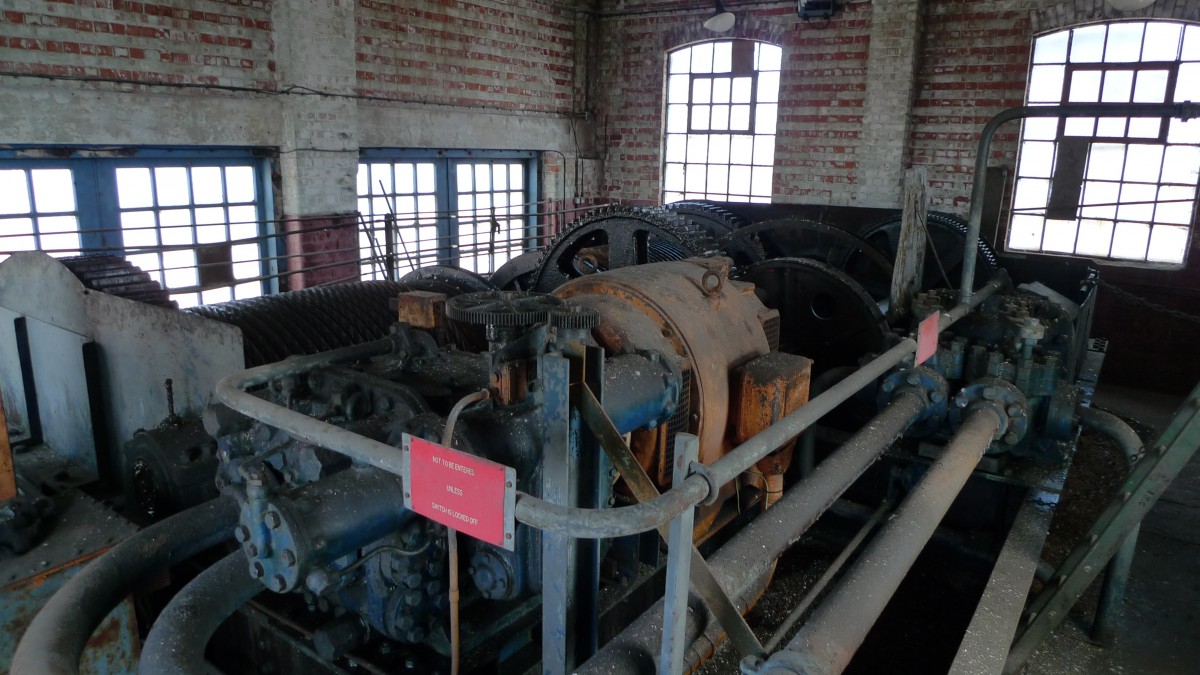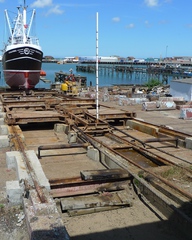This August we have been working on three separate boatyard projects. On the Thames we have been collaborating with Adams Infrastructure Planning Ltd assessing the feasibility of building a boatyard at Albert Island in Gallions Reach. London has seen a dramatic increase in river boat operations in recent years, but unfortunately this has gone hand in hand with a decrease in the number of boatyards on the river to service and maintain them; as a result vessels have to travel as far as Lowestoft and even beyond to be hauled out for maintenance. These long trips, often done in winter, frequently involve lengthy delays due to weather.
Realising the need for support infrastructure for the Thames fleet Transport for London commissioned the study to see what facilities could be provided at Albert Island and at what cost. The study also examined the site’s constraints which include the close proximity of London City Airport’s runway and a location on one of the Thames ‘mud reaches’.
Simultaneously we have been working with Clancy Consulting and Daniel Connal Partnership to develop a scheme for a new boatyard facility in Harwich. Our client, Harwich Haven Authority, currently has its pilot boat and buoy maintenance work spread over a number of sites. The objective of the project is to unite all the activities on a single site where vessels and navigational buoys can all be hauled out and maintained in a modern facility.
The third boatyard scheme is at Grimsby where, together with The Maritime Group, we are carrying out a survey of the equipment, reviewing the business and making recommendations for future development. The Grimsby slipways were built in 1934 with three electrically powered slipways. The slipways had side slipping facilities that enabled them to accommodate up to ten fishing vessels from 660 to 1,000 tons simultaneously. A large trawler could be hoisted out in just 20 minutes. Today only one of the slipways remains in operation.
Parts of the Grimsby slipway that are permanently under water are in poor condition so the project involves diving work which is being managed by David Tresidder, our in-house engineer diver.



